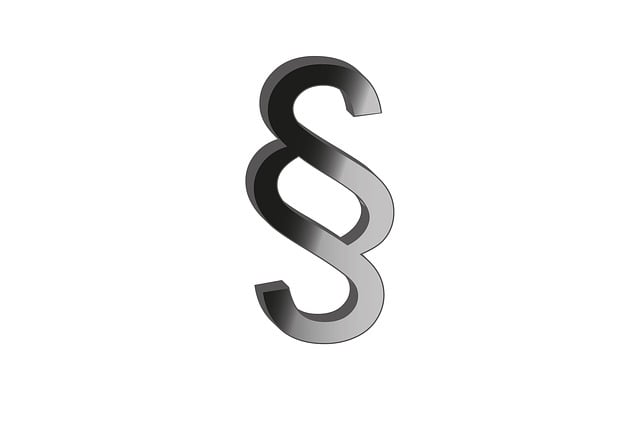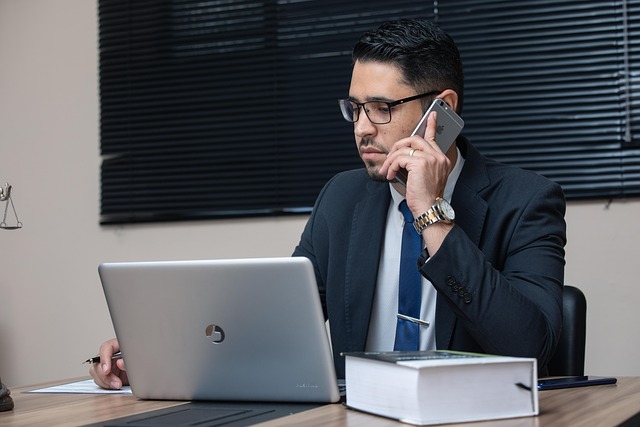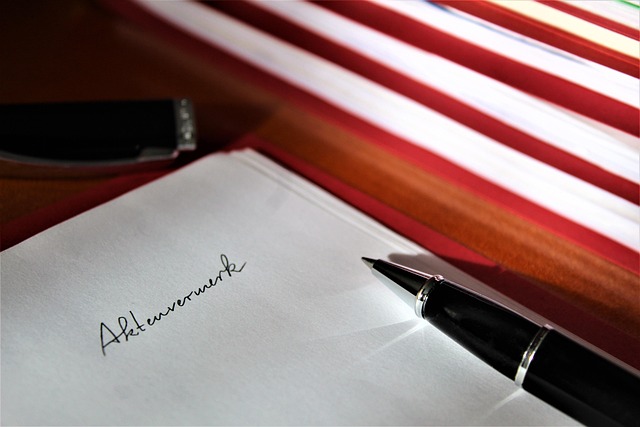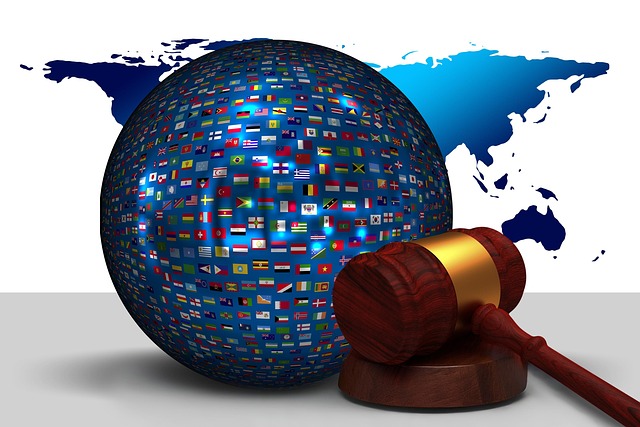Antitrust violation cases involve complex legal issues around competition and market power. To understand these cases, key elements like market definition, consumer harm, and intent behind anti-competitive practices must be explored. Companies engaging in price fixing or monopolization can face significant legal consequences from regulatory bodies scrutinizing evidence, financial records, and business communications. Defendants must challenge forensic evidence in court effectively to avoid indictment, using strategic legal approaches that consider philanthropic and political communities' intentions. Mastering technical understanding and crafting robust counterarguments are vital tactics to undermine forensic evidence, aiming for fair outcomes within these landscapes, as outlined in "How to Challenge Forensic Evidence in Court."
Antitrust violation cases are complex legal battles, with forensic evidence playing a pivotal role in investigations. This article explores the intricacies of these cases, focusing on key elements and common issues. We delve into the significance of forensic evidence, providing insights into its application and the challenges it poses. Furthermore, we offer a comprehensive guide on how to challenge forensic evidence in court, offering strategic advice for effective case management and outcomes. Understanding these dynamics is essential for navigating antitrust litigation successfully.
- Understanding Antitrust Violation Cases: Key Elements and Issues
- The Role of Forensic Evidence in Antitrust Investigations
- Strategies for Challenging Forensic Evidence in Court: A Comprehensive Guide
Understanding Antitrust Violation Cases: Key Elements and Issues

Antitrust violation cases involve complex legal issues centered around competition, market power, and anti-competitive practices. Understanding these cases requires delving into key elements such as market definition, harm to consumers, and the intent behind anti-competitive conduct. When companies engage in activities like price fixing, market division, or monopolization, it can significantly impact the free market and lead to legal repercussions.
The investigative process is meticulous, involving regulatory bodies examining evidence, financial records, and business communications. How to challenge forensic evidence in court becomes a critical aspect for defendants. By employing experienced legal strategies, companies can navigate all stages of the investigative and enforcement process, including avoiding indictment. It’s crucial to consider the context within which these activities occur, especially in philanthropic and political communities, where intentions may be misconstrued.
The Role of Forensic Evidence in Antitrust Investigations

Forensic evidence plays a pivotal role in antitrust investigations, providing crucial insights into complex business dealings and market dynamics. By meticulously analyzing financial records, digital communications, and corporate structures, investigators can uncover anti-competitive practices such as price fixing, market allocation, and bid rigging. This evidence is instrumental in building robust legal cases against violators, aiming to achieve extraordinary results in the fight against white-collar and economic crimes.
However, challenging the admissibility of forensic evidence in court remains a strategic consideration for defendants. Skilled attorneys can scrutinize the methodologies employed, question data integrity, and highlight potential biases or oversight. Understanding the technical aspects and presenting compelling counterarguments are key to how to challenge forensic evidence in court, ensuring a fair and just outcome within the philanthropic and political communities.
Strategies for Challenging Forensic Evidence in Court: A Comprehensive Guide
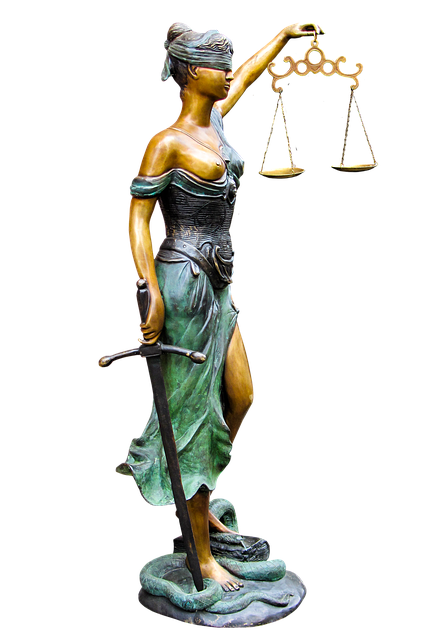
Challenging forensic evidence in court requires a strategic approach to ensure a fair trial for those accused of antitrust violations. The first step is to thoroughly examine and question the methodology used to collect and analyze the evidence. This includes understanding the techniques employed, potential biases, and the reliability of the tools or methods applied. Experts can play a pivotal role here by providing counter-expertise and highlighting any shortcomings in the initial analysis.
A comprehensive guide for challenging this evidence involves delving into technical details, questioning the qualifications of experts, and examining the context in which the evidence was obtained. It’s crucial to explore alternatives, point out inconsistencies, and present new interpretations that may undermine the original findings. By doing so, a strong defense can be built, aiming for winning challenging defense verdicts while also fostering trust in the justice system among the philanthropic and political communities. This meticulous process ensures that justice is served and respects the integrity of respective business interests.
Antitrust violation cases require a meticulous understanding of legal and forensic aspects. While forensic evidence plays a pivotal role in these investigations, it’s crucial to know how to challenge its validity in court. This article has explored key elements of antitrust cases, the significance of forensic evidence, and provided a comprehensive guide on strategies to counter such evidence. By equipping professionals with the knowledge on How to Challenge Forensic Evidence in Court, we enhance the fairness and accuracy of antitrust litigation, ensuring justice for all parties involved.
